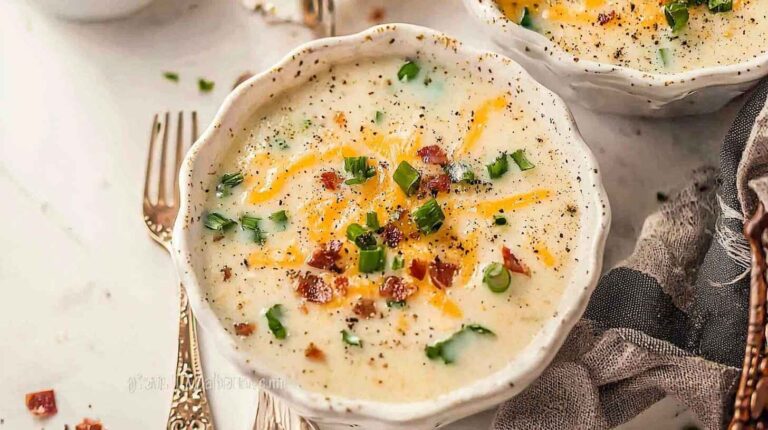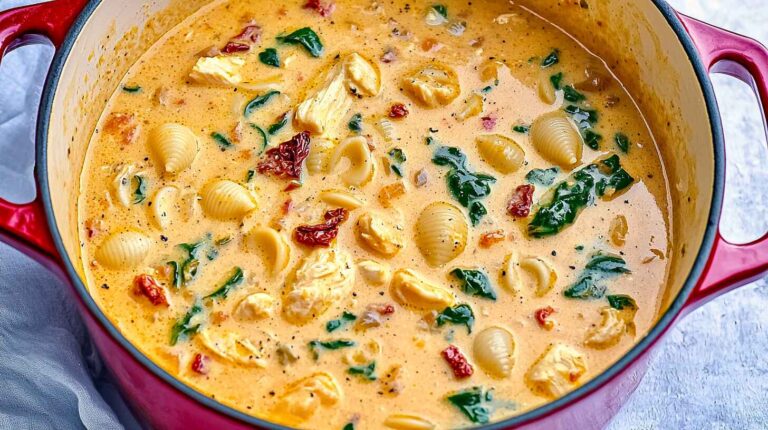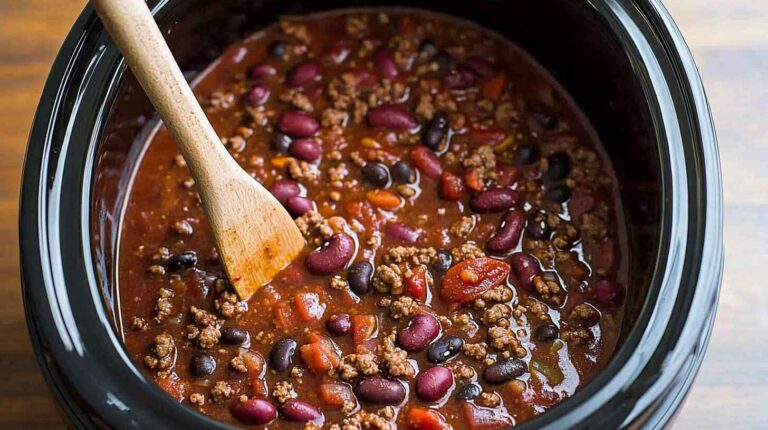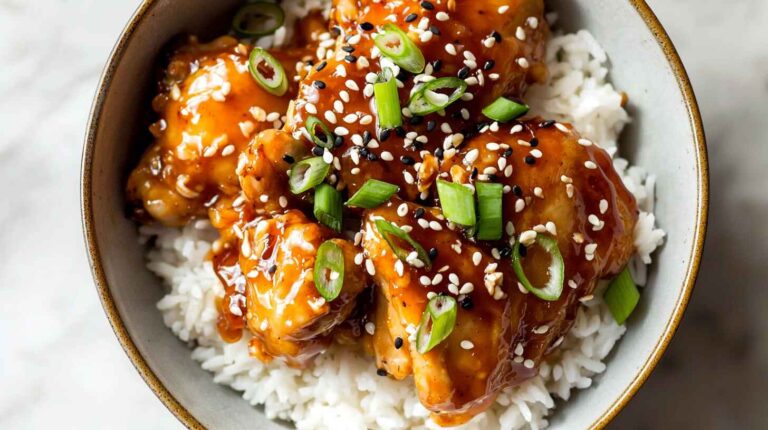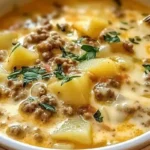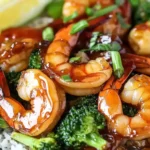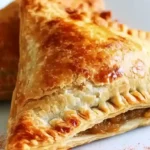The Best Fluffy Pancakes recipe you will fall in love with. Full of tips and tricks to help you make the best pancakes.
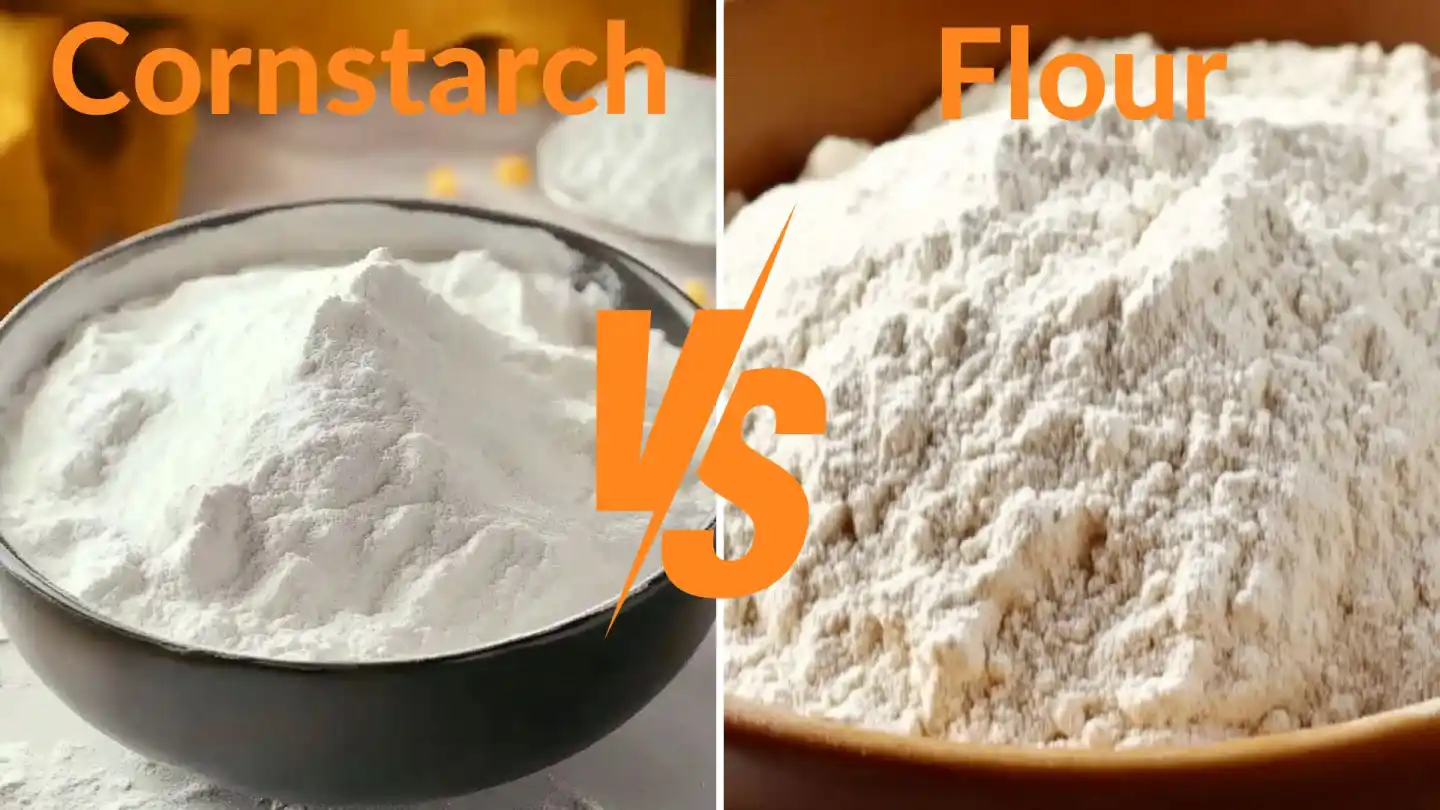
When it comes to frying chicken, one of the biggest debates is whether to use cornstarch or flour in the coating. Some swear by flour’s structure, while others argue that cornstarch creates the crispiest crust. So, which one should you use?
If you want perfectly crispy, golden-brown fried chicken, this guide will break down the differences between cornstarch and flour, their effects on texture, and the best way to combine them for superior results.
Table of Contents
Table of Contents
Quick Answer: Should You Use Cornstarch or Flour?
The best choice depends on the texture you want:
- Use flour for a traditional, well-structured crust.
- Use cornstarch for an ultra-crispy, delicate crunch.
- Use a mix of both for the best of both worlds!
For restaurant-quality fried chicken, a 50/50 blend of cornstarch and flour is the ultimate secret.
More Frying Techniques: Fried Chicken Legs
The Science Behind Crispy Fried Chicken
To understand the difference between cornstarch and flour, let’s talk food science:
✅ Flour contains gluten, which provides a structured, chewy crust.
✅ Cornstarch has no gluten, making the crust lighter and crispier.
✅ Cornstarch absorbs moisture and expands, creating a delicate, crackly texture.
This is why many Asian fried chicken recipes use cornstarch instead of flour—it delivers extra crunch with a light, airy bite.
How long to fry chicken? Find out here.
Using Flour for Frying Chicken
Pros of Using Flour
✔ Creates a sturdy, golden-brown crust.
✔ Absorbs seasoning well for rich flavor.
✔ Works best for southern-style fried chicken.
Cons of Using Flour
❌ Can become dense or bready if overused.
❌ Doesn’t crisp up as much as cornstarch.
Pair your fried chicken with delicious sides: Mastering Easy Dinner Recipes.
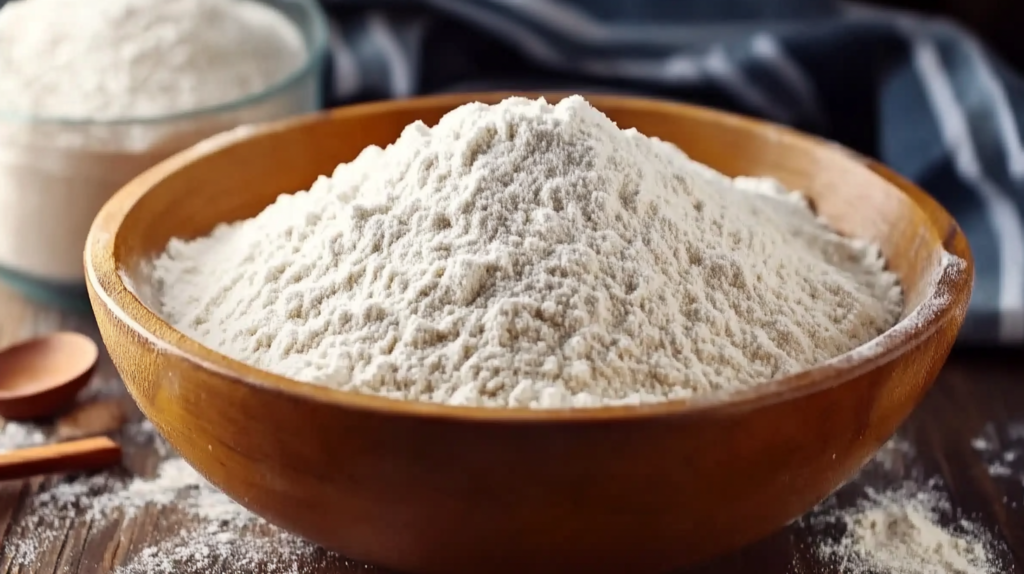
Using Cornstarch for Frying Chicken
Pros of Using Cornstarch
✔ Produces a super crispy, airy crust.
✔ Helps lock in moisture, keeping the chicken juicy.
✔ Creates that restaurant-style “shatter” effect.
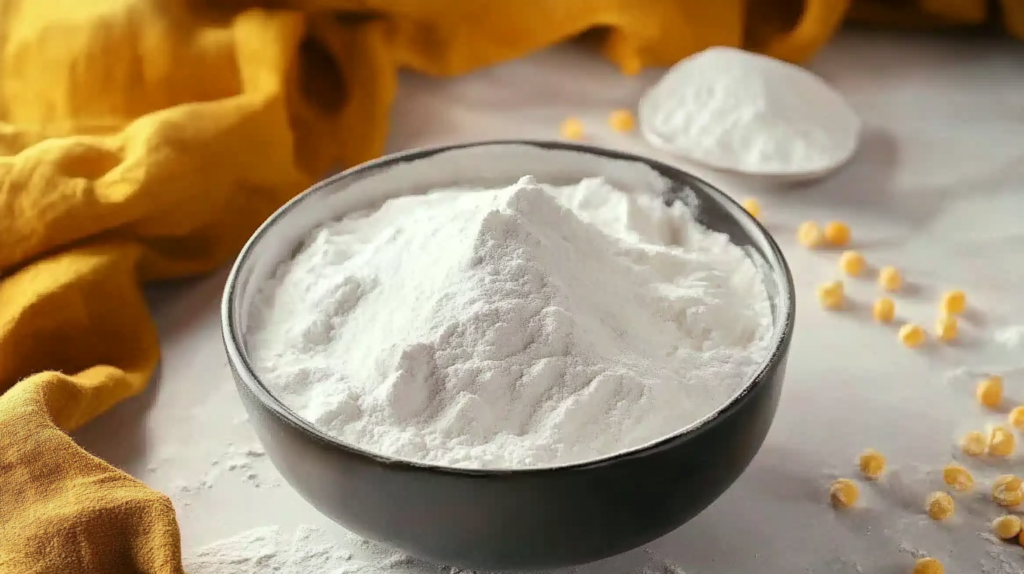
Cons of Using Cornstarch
❌ Doesn’t provide as much structure as flour alone.
❌ Can burn faster if the oil is too hot.
The Best Ratio: Flour + Cornstarch Mix
For the ultimate crispy fried chicken, use a mix of cornstarch and flour:
| Coating Ratio | Texture Result |
|---|---|
| 100% Flour | Classic, hearty crunch |
| 100% Cornstarch | Ultra-light, super crispy |
| 50% Flour + 50% Cornstarch | Perfect balance of crunch & structure |
More crispy food ideas: Deep-Fried Deviled Eggs Guide.
Best Techniques for Coating Chicken
For crispy, flavorful fried chicken, follow this 3-step dredging method:
1️⃣ Dry Coat: Dip chicken in flour + cornstarch mix first to absorb moisture.
2️⃣ Wet Coat: Dip in buttermilk or egg wash to create a sticky surface.
3️⃣ Final Coat: Dredge in the flour + cornstarch mix again for a crispy, even crust.
Pro Tip: Let the coated chicken rest for 10 minutes before frying—this helps the breading stick better.

Which Oil Works Best for Frying?
Your oil choice affects crispiness and flavor. Use oils with a high smoke point:
✅ Peanut Oil – Best for high-heat frying.
✅ Canola Oil – Neutral taste, budget-friendly.
✅ Vegetable Oil – A classic choice.
✅ Sunflower Oil – Adds a light, crisp texture.
Learn more about frying tips here: How Long Does a Chicken Leg Take to Fry?.
Ideal Frying Temperature for Crispy Chicken
To prevent soggy breading, fry at the right temperature:
350-375°F (175-190°C) – Perfect frying range.
Too Low (<325°F) – Chicken absorbs oil, making it greasy.
Too High (>400°F) – The coating burns before the inside is cooked.
Pro Tips for Extra Crispy Chicken
✅ Use ice-cold buttermilk for a thicker, crispier crust.
✅ Let the coated chicken rest before frying.
✅ Double fry the chicken for extra crunch (fry once, rest, then fry again!).
Pair with the perfect seasoning: Chicken Taco Seasoning.
Mistakes to Avoid When Frying Chicken
🚫 Overcrowding the pan – Lowers oil temp, making chicken soggy.
🚫 Skipping the thermometer – Internal temp should be 165°F (75°C) for safety.
🚫 Skipping the resting step – Resting ensures the coating sticks.
What About Air Frying? Can You Use Cornstarch or Flour?
If you’re air frying, cornstarch is the better option because it crisps up better without oil.
Best Air Fryer Fried Chicken Tips:
🔥 Use cornstarch instead of flour for a crispier finish.
🔥 Spray lightly with oil to enhance browning.
🔥 Cook at 375°F (190°C) for 22-25 minutes, flipping halfway.
More Healthy Cooking: Quick Healthy Meals for Busy Lifestyles.
Quick Answer: Should You Use Cornstarch or Flour?
The best choice depends on the texture you want:
- Flour alone gives a hearty, chewy crust (best for Southern-style fried chicken).
- Cornstarch alone results in an ultra-light, crispy texture (ideal for Asian-style frying).
- A 50/50 mix of cornstarch and flour creates the perfect balance of crunch and structure.
More Frying Techniques: Fried Chicken Legs

The History of Using Cornstarch & Flour in Fried Chicken
Did you know that different cultures have their own preferred frying methods?
- Southern U.S. Fried Chicken – Uses 100% flour for a crunchy, hearty bite.
- Korean Fried Chicken – Uses 100% cornstarch for a shatteringly crisp texture.
- Japanese Karaage – Uses a mix of potato starch and cornstarch for extra lightness.
- Chinese Fried Dishes – Often use cornstarch-based batters for a crispy, golden finish.
Try this twist: How Long Does a Chicken Leg Take to Fry?
Comparing Cornstarch to Other Starches for Frying
If cornstarch is great for frying, what about other starches? Let’s compare:
| Starch Type | Crispiness | Best For |
|---|---|---|
| Cornstarch | Ultra-crispy, light | Korean fried chicken, tempura |
| Flour | Sturdy, crunchy | Southern fried chicken |
| Potato Starch | Very crispy | Japanese karaage |
| Rice Flour | Thin, crispy | Gluten-free frying |
More coating ideas: Deep-Fried Deviled Eggs Guide
The Best Seasoning Blends for Fried Chicken Coating
While cornstarch and flour affect texture, the seasoning blend makes or breaks the flavor. Try these:
✅ Classic Southern Blend – Paprika, garlic powder, onion powder, black pepper.
✅ Spicy Blend – Cayenne, smoked paprika, chili powder.
✅ Asian-Inspired Blend – Five-spice powder, white pepper, ginger powder.
Pair your fried chicken with perfect seasoning: Chicken Taco Seasoning
Air Frying vs. Deep Frying: Which One Works Best?
Can you use cornstarch or flour in an air fryer? Yes—but cornstarch is the better choice because it crisps up better without excess oil.
| Cooking Method | Best Coating | Result |
|---|---|---|
| Deep Frying | Flour + cornstarch mix | Crispy, golden-brown crust |
| Air Frying | 100% Cornstarch | Crisp but lighter texture |
More healthy air-fried ideas: Quick Healthy Meals for Busy Lifestyles
Why Some Restaurants Use Cornstarch Over Flour
Many high-end restaurants prefer cornstarch for frying because:
✔ It absorbs moisture, creating a flaky, crisp texture.
✔ It doesn’t develop gluten, preventing a tough crust.
✔ It makes batter fry faster and more evenly.
🔗 Want restaurant-style results? Fried Chicken Legs
How to Store & Reheat Fried Chicken Without Losing Crispiness
To keep fried chicken crispy:
✔ Store on a wire rack instead of a plate to prevent sogginess.
✔ Reheat in an oven (375°F for 10 minutes) to restore crunch.
✔ Avoid microwaving—it ruins crispiness!
Best meal-prep ideas: Mastering Easy Dinner Recipes
Best Sauces to Pair with Fried Chicken
What’s fried chicken without a delicious dipping sauce? Try these:
✔ Honey Butter – Sweet and savory perfection.
✔ Spicy Mayo – A creamy kick of heat.
✔ Garlic Parmesan Sauce – Rich, cheesy, and flavorful.
Pair with: Salsa Roja Recipe Guide
Common Mistakes to Avoid When Using Cornstarch & Flour
🚫 Skipping the resting time – Coating won’t stick properly.
🚫 Overcrowding the fryer – Lowers oil temp, making chicken soggy.
🚫 Using cold oil – Fry at 350-375°F (175-190°C) for perfect crispiness.
More frying tips: How Long Does a Chicken Leg Take to Fry?
Final Thoughts: Cornstarch vs. Flour—Which One Wins?
The truth? Neither cornstarch nor flour alone is the ultimate solution—the real secret is a 50/50 mix!
🔹 Flour provides structure.
🔹 Cornstarch adds crunch.
🔹 Together, they create the perfect crispy coating!
Now, it’s time to fry some chicken!
FAQs About Cornstarch or Flour
Can I use only cornstarch for fried chicken?
Yes, but it will be extra crispy and delicate. For better structure, mix it with flour.
Why does my fried chicken turn out soggy?
Your oil may be too cold, or the chicken was too wet before coating.
Can I use cornstarch instead of flour in other fried foods?
Absolutely! Cornstarch works well in tempura, crispy tofu, and Asian-style fried chicken.
Does cornstarch change the flavor of fried chicken?
Nope! Cornstarch is flavorless, so it won’t affect the taste.
What’s the secret to restaurant-style fried chicken?
A 50/50 mix of flour and cornstarch, plus double frying for an ultra-crispy crust.
Conclusion: The Ultimate Secret to Crispy Fried Chicken
If you want crispy, juicy fried chicken, the answer isn’t just cornstarch or flour—it’s both!
A 50/50 mix of cornstarch and flour creates the perfect balance of crunch and structure. Combine it with proper seasoning, the right oil, and ideal frying temperature, and you’ll have restaurant-quality fried chicken at home.
Now, grab your skillet or deep fryer, and start making the best crispy chicken ever!


